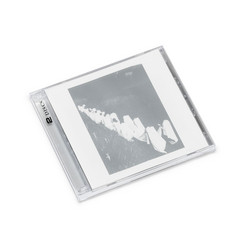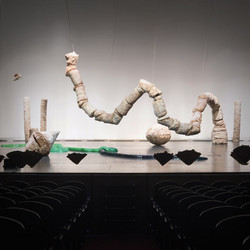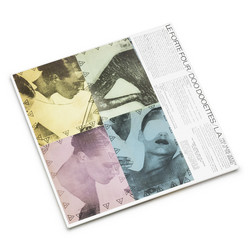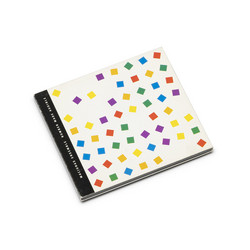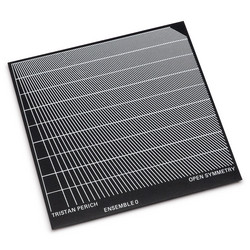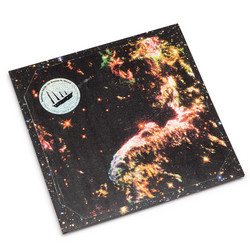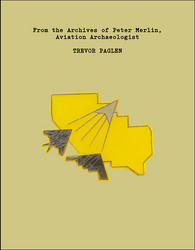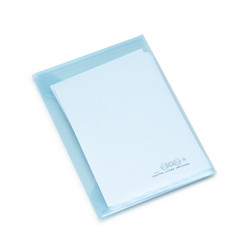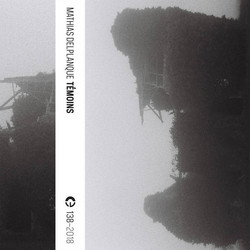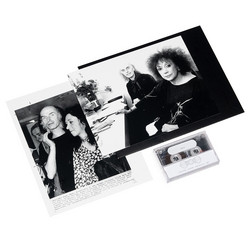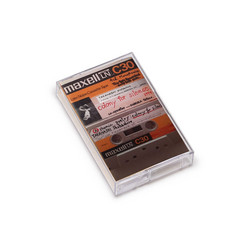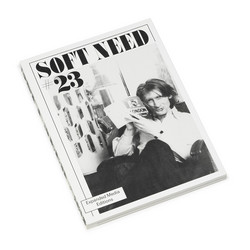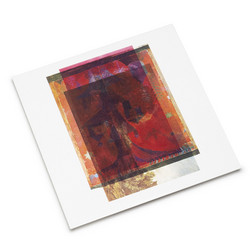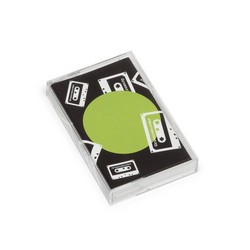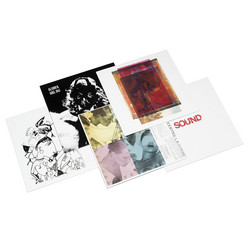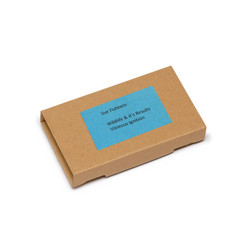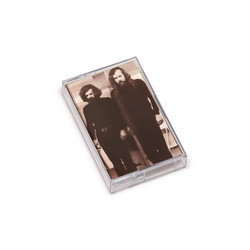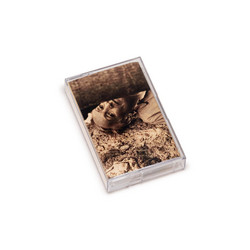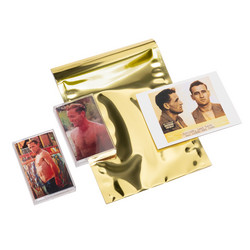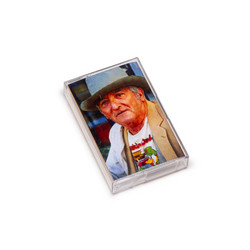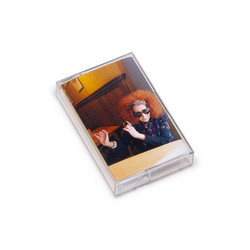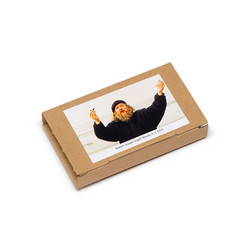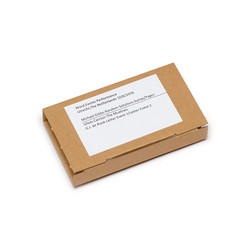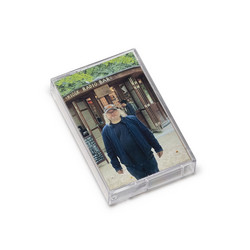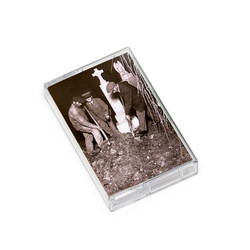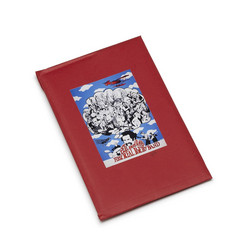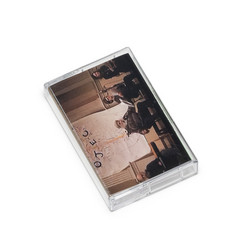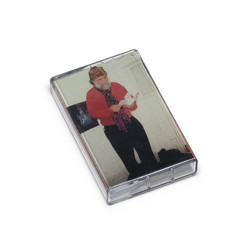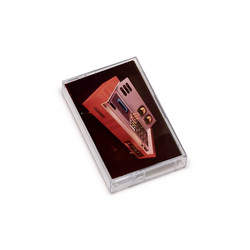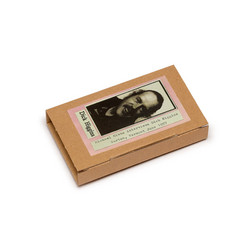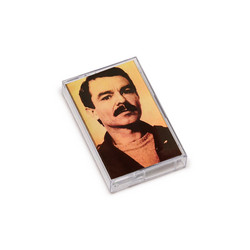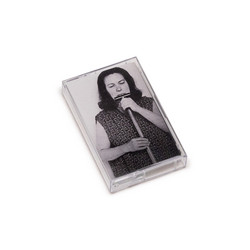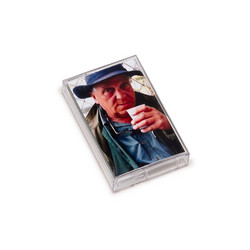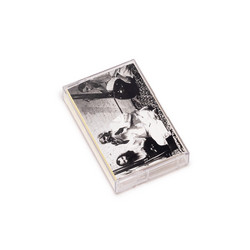* Comes with an insert. Edition of 64 * Rare audio recordings by Gerd Stern, one of the original Beats and seminal multimedia artists. Gerd Stern is a poet, artist, and multimedia pioneer whose remarkable life spans 40s bohemia, 50s Beat culture, 60s hippiedom, 70s hip capitalism, and continues today. USCO The sixties can be seen as the USCO era, although USCO (aka Us Company or the Company of Us) didn’t really begin until at least 1963. Stern had began creating mechanical sculptures as a natural extension of his poetry, only based on the iconography of street and traffic signs. In order to raise funds for a particular sculpture project, Stern arranged a two night multi-media performance at the San Francisco Museum of Art (as it was then known). These events required audio techical assistance, and Stern enlisted Michael Callahan, a young engineer working with the San Francisco Tape Music Center. A successful touring show based on these events became known as the Verbal American Landcape, and when Callahan joined Stern and Durkee in New York, USCO coalesced.
Also centrally involved were Gerd’s wife Judi Stern, filmmaker Jud Yalkut, Walter Gundy, Jonathan Ayers, Jonathan Altman, Paul Williams, and many others. The church became USCO’s headquarters, with various people moving in and out (among them Brand and wife Lois, Dion Wright, and many others), and eventually a portion of the building was devoted to a meditational space called The Tabernacle which was open to the public on Sundays.
One of USCO’s main activities was producing multimedia installations, including touring programs throughout the United States and Canada (mostly galleries and universities), making films (“Y” was made by Stern, Majdrakoff and Callahan) and working in theater & performance, video art, discotheques, and other prototypical venues such as the Millbrook estate of the Castalia Foundation. USCO produced media backgrounds for Castalia-sponsored Timothy Leary lectures in New York City, and for a time Steve Durkee lived and toured with Richard Alpert. As an additional sideline USCO distributed posters, diffraction mirrors, and other items to head shops. Money proved difficult to recoup from this venture, however. Many factors were involved in USCO’s breakup, but essentially the schism involved eastern religion (especially Meher Baba), moving west (the Lama Foundation, at first called Solux), the use of drugs, and the ethics of commercial media work (to some, marketing feminine hygiene products as groovy was a step too far).


